Kupfer is pleased to announce the exhibition Let X=X, featuring works by Brazilian artists Alair Gomes (1921-1992) and Hudinilson Jr. (1957-2013). Belonging to different generations, both artists produced groundbreaking and experimental works focusing on the male body during the repressive years of military dictatorship in Brazil. Gomes and Hudinilson’s pioneering approach to homoeroticism and queerness within the largely heteronormative context of 1970s and 1980s Brazil had a lasting influence on the country’s contemporary art scene.
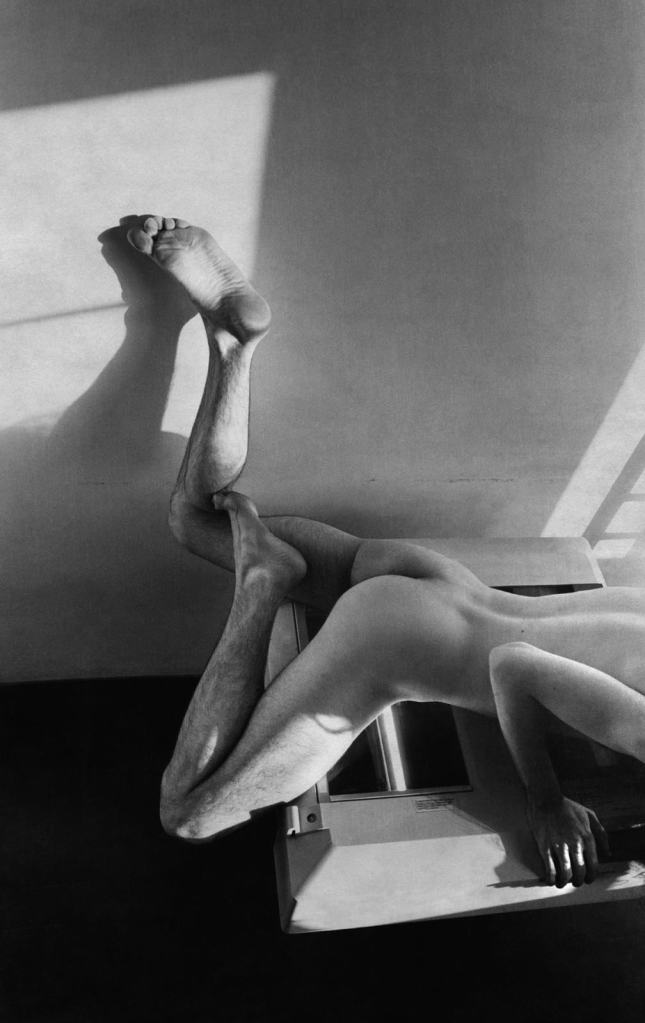
Based in Rio de Janeiro, Alair Gomes had a career in engineering and philosophy of sciences before turning to photography in the mid to late 1960s. In the political climate that succeeded the 1964 military coup in Brazil, photojournalism focused on exposing the abuses of power perpetrated by the regime, while another significant branch of photography focused on issues of social exclusion and cultural identity. According to curator Paulo Herkenhoff, ‘within the Brazilian heteronormative climate, Gomes was alone in the homoerotic tradition’.

The exhibition features works from Alair Gomes’ most ambitious and thought-provoking series, Symphony of Erotic Icons (1966-1978). Composed exclusively with pictures of beautiful, young male bodies, the Symphony includes thousands of images detailing slight variations of the nude body, sometimes portrayed in unusual angles, thus creating almost choreographic sequences which evoke the rhythm of musical scores. These intimate pictures are above all an ode to the young male body, simultaneously achieving an extraordinary sense of proximity with the subject and a feeling of detachment through repetition.
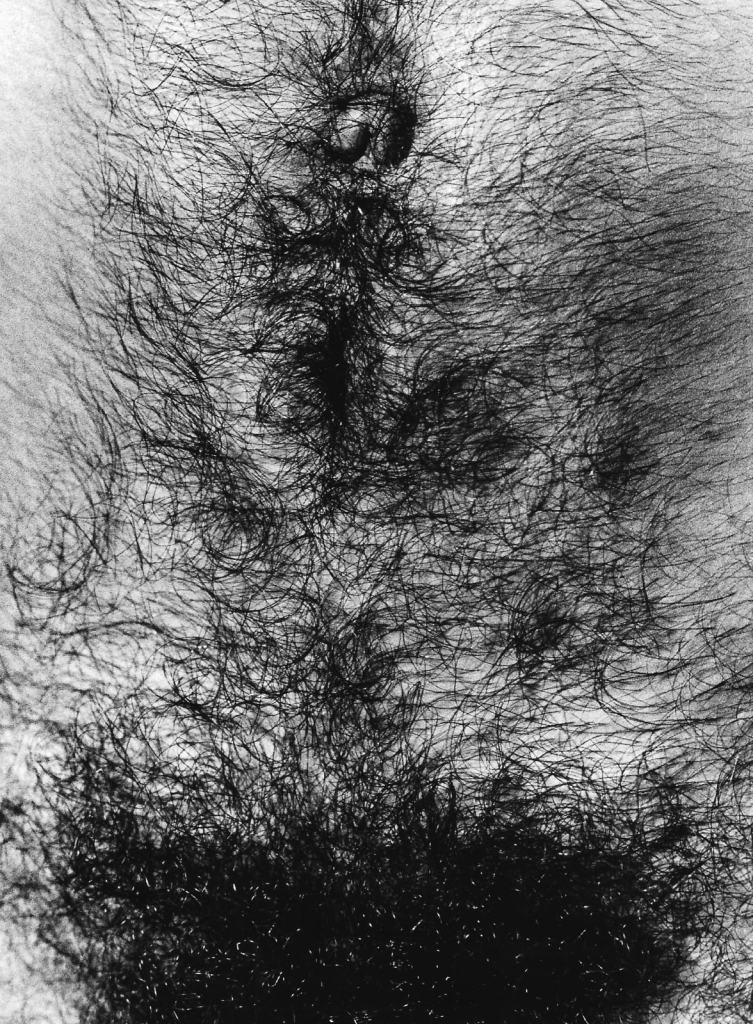
By obsessively capturing his object of interest, Gomes creates a unique kind of work situated somewhere between photography and film, or still and moving image. More than thirty years after its making, Symphony of Erotic Icons remains a challenging work which still raises questions about the compability of art and prurience, about our relationship with our bodies, our views on sexuality, and the intricate societal codes that determine image-making today.

Hudinilson Jr. was one of the most important Brazilian artists of his generation, influencing the entire Brazilian artistic scene, not…
Hudinilson Jr. was one of the most important Brazilian artists of his generation, influencing the entire Brazilian artistic scene, not only through his personal work – produced between the 1970s and 2000s – but also because of his active role as a catalyzing personality of artist groups and experimental exhibitions. Hudinilson started to work with photocopy in the late 1970s, learning to operate the machine to its limit and exploring all its possible graphic possibilities. He enlarged details, made cut-outs, distorting the images of his body to the point where they become pure abstract texture. He said that this exercise meant losing oneself to seeing, an “exercise of seeing myself”, as he would later name many of his series.

In his work, Hudinilson often included imagery of classical sculpture as prime examples of the ideal of beauty, sensuality and sexuality that prevails in Western societies. Let X=X features an untitled polyptych formed by twenty framed photocopy prints that shows Michelangelo’s ‘Dying Captive’ (one of the two captives in the Louvre); a depiction of pain which, within the context of Hudinilson’s work seems like a depiciton of pleasure or self-pleasure. The work is shown alongside a small photograph by Alair Gomes depicting the perfectly round marble buttocks of an unidentified classic sculpture; a work that is part of a late 1960s series titled Journeys (Europe, Art) which was motivated by the artist’s wish to expand his personal collection of images of male nudes.
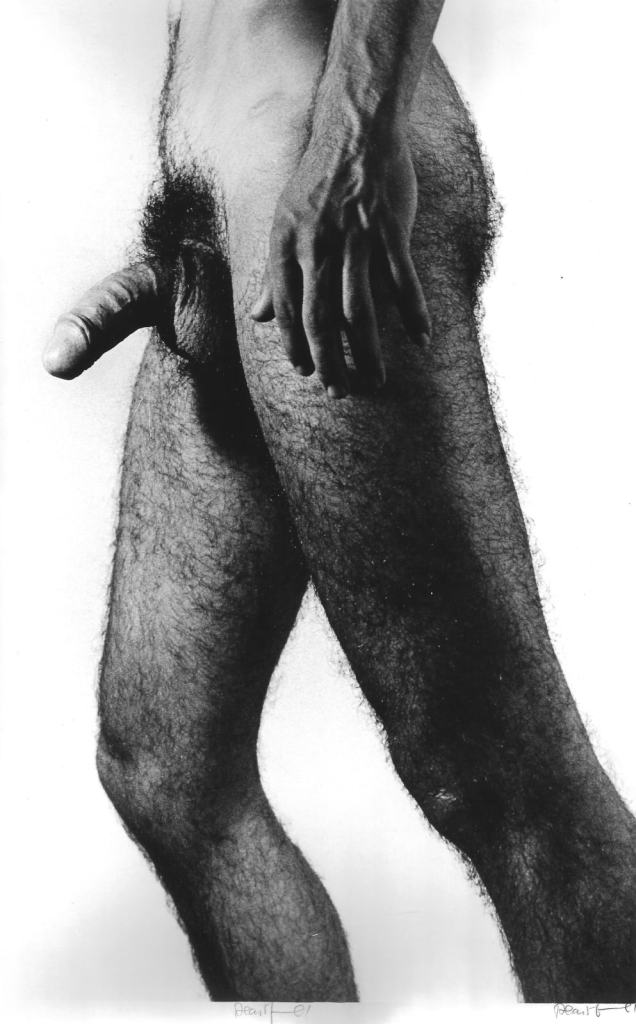
Other works by Hudinilson Jr. presented in the exhibition include Xerox-Action (1979-80) a set of five vintage photographs showing the naked artist performing different positions on top of the photocopier in a remarkable documentation of his artistic process. Also on view are some examples of Hudinilson’s densely packed scrapbooks. Like Alair Gomes, Hudinilson was an avid collector of images cut out from books and magazines to compose what he called ‘reference books’. These fascinating personal atlases provide further insight into the artist’s methodology and interests, featuring the collision of art historical and pop imagery that becomes distilled in his work.

Let X=X is the first exhibition to bring together the work of Alair Gomes and Hudinilson Jr. While Gomes may be roughly described as the voyeur and Hudinilson as the narcissist, both artists played a pioneering role in breaking with the prevailing heteronormativity in Brazilian art under a dictatorial regime at the same time as producing trailblazing experimental works that challenged existing modes of art-making.

Symphony of Erotic Icons is Alair Gomes’ most ambitious series. Composed exclusively with pictures of beautiful, young male bodies, the Symphony consists of 1767 photographs in which the male body appears either whole or fragmented, portrayed sometimes in classical, sometimes in unusual angles. His objective is to create, through a saturation of images, an effect of distance from the materiality of the body, in which the pores and skin should no longer be seen as fragments of the body, but rather as an evolution of cosmic images.

Alair Gomes on Symphony of Erotic Icons
‘My obsession with the male body must be understood also in very direct, very literal terms. I wanted to produce a greater number of images of this kind, I was feeling almost suffocated by the image of the beautiful, young, male body. At the beginning, this almost irresistible tendency to produce large quantities of images was in contradiction with the desire to produce a very perfect, very elaborate photographic image. (…) Many times I came to think that if I insisted enough in photographing the young male body, taking simply a vast number of shots of that image in different situations (…) perhaps this accumulation of a fantastic number of images of the young male body in different situations could ultimately function as a kind of vision of the world, a Weltanschauung, from an almost philosophical point of view.’
‘So, as I considered the tremendous potential of composition in painting in relation to that of the photographic image, this very superior control a painter has over the image compared to photography, and as I considered also my tendency to take almost obsessive shots, I must have understood that my ambitious path in photography had to be the path of sequential photography instead of that of the single image.’
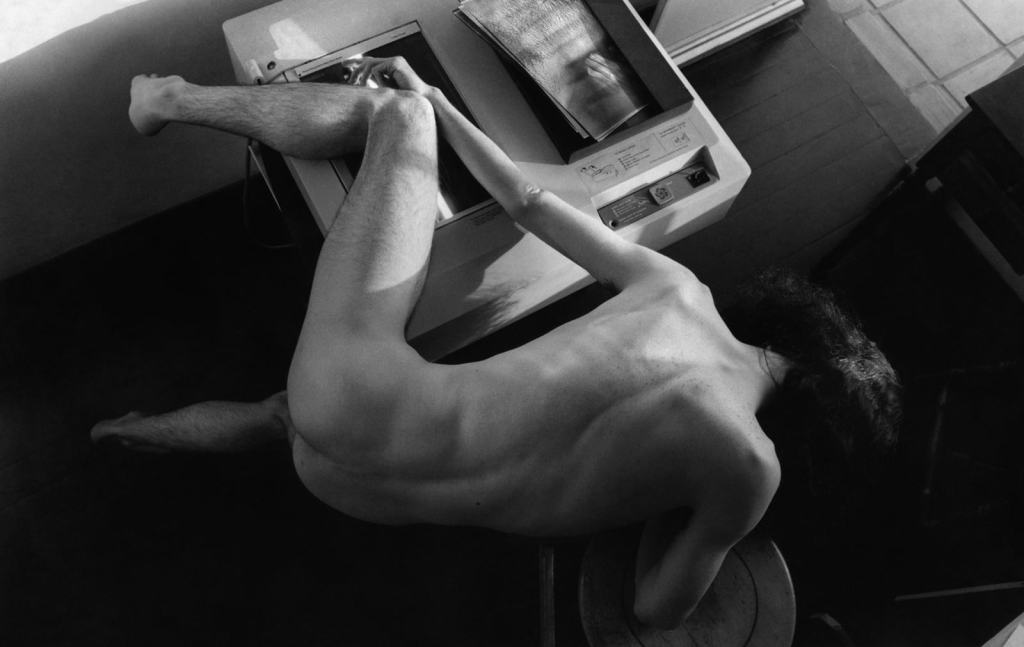
‘Taking multiple images gave me the impression that I was using a resource of photography that painting did not have. By that I mean precisely the capacity to turn a succession of several images of the same subject, all very similar, into something new, so that each one shows a certain novelty, something interesting that is worth observing and emphasizing.’
‘It was necessary to explore the potential, this photographic genre, and to reveal different yet very close aspects of the same subject, as each one has its own characteristics which deserve to be emphasized.’
‘The collection had to be structured to form a sequence. From that I saw that my problem in exploring photography was very close to the problem faced by cinema. Because cinema, in reality, is a composition based on a sequence of various images – the image moves for a while and is accompanied by sound. Photography does not exactly need sound because it does not have movement. This creates huge differences between a series, a sequence, a still, and the problem faced by cinema. But the relationship is clear.’
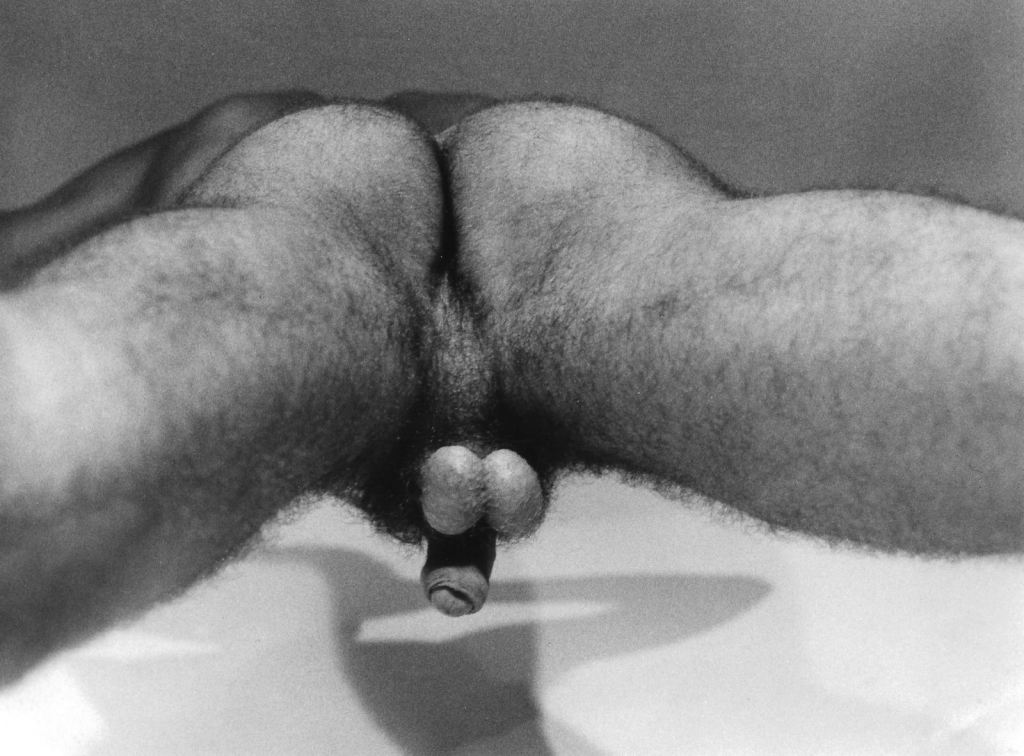
‘I simply chose the sequence – on the one hand, my obsession, a tendency to repeat the image; on the other, the idea that treating the multiple image offers the possibility of exploring a potential of photography which is unavailable to painting. This means photography can be made more independent from painting. When, for example, you present a huge quantity of photos which in isolation do not obey any of the values of photographic composition, and yet can contribute greatly to a sequence by adding meaning to it, no longer in relation to a single image but as part of a sequence.’

Alair Gomez
Born on December 20, 1921 in Valença, Alair de Oliveira Gomes obtained a degree in civil engineering in 1944 at the University of Brazil, Rio de Janeiro. The following year, he was appointed an engineer at the Brazilian Railway Company. He founded the literary review, MAGOG, with José Francisco Coelho and a few other friends in 1946. The same year, he underwent a profound religious crisis.
In 1948, he abandoned his profession as an engineer to devote himself to the study of modern physics, mathematics, and biology. In 1961, he received a philosophy grant from the Guggenheim Memorial Foundation. He spent one year in the United States (1962-1963), where he was invited to teach at Yale University. From 1964 to 1976, he participated in numerous international conferences on the philosophy of science. He became a professor of Philosophy of Science at the Biophysics Institute of the Federal University in Rio de Janeiro and a professor of contemporary art at the School of Visual Arts (Brazilian Ministry of Culture), and then, an advisor at the National Institute of Visual Arts (National Foundation for the Arts, Rio de Janeiro).
From 1977, Gomes became more active in the fields of art criticism and photography. Between 1976 and 1984, he exhibited his photographs in New York, Paris, Rio de Janeiro, and Toronto. He was murdered in 1992 in Rio de Janeiro.